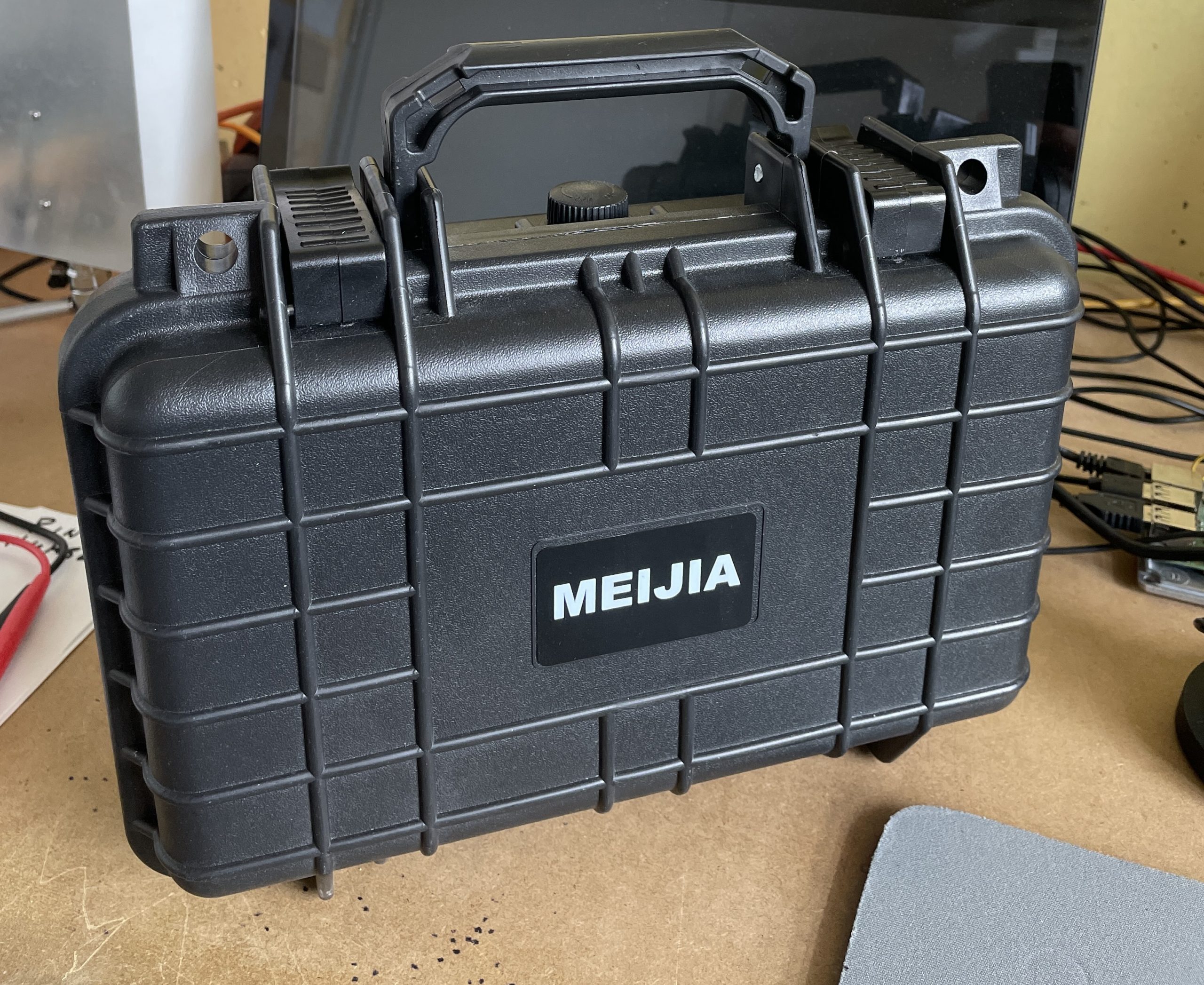Dank der neuen GPIO-Integration in Videolooper seit Version v1.0.14 lassen sich leicht interaktive Video-Geräte bauen, hier in einem Meijia-Case. Billiger als ein Peli-Case!

Dank der neuen GPIO-Integration in Videolooper seit Version v1.0.14 lassen sich leicht interaktive Video-Geräte bauen, hier in einem Meijia-Case. Billiger als ein Peli-Case!

Legacy-Version required: 32-bit-version
Installer-Script:
#!/bin/bash
sudo apt-get update
sudo apt-get install -y git
sudo rm -rf LCD-show
git clone https://github.com/goodtft/LCD-show.git
chmod -R 755 LCD-show
cd LCD-show/
sudo ./LCD28-show
echo "2.8” RPi Display (MPI2801) ... finished"
Play one file at full hour and change back to normal one („b.mp4“) 🙂
timer.sh
#/bin/bash
mv /home/pi/video/b.mp4 /home/pi/video_off
mv /home/pi/video_off/a.mp4 /home/pi/video
# videoduration a.mp4
sleep 300
mv /home/pi/video/a.mp4 /home/pi/video_off
mv /home/pi/video_off/b.mp4 /home/pi/video
crontab
0 13 * * * /bin/bash /home/pi/timer.sh >> /home/pi/timer.log 2>&1
0 14 * * * /bin/bash /home/pi/timer.sh >> /home/pi/timer.log 2>&1
0 15 * * * /bin/bash /home/pi/timer.sh >> /home/pi/timer.log 2>&1
0 16 * * * /bin/bash /home/pi/timer.sh >> /home/pi/timer.log 2>&1
„Netvideo“ ist eine elegante Erweiterung, um Videos nicht von USB-Stick oder dem internen Verzeichnis abzuspielen, sondern über das Netzwerk. Vorteil: jede Änderung in dem Netzwerkverzeichnis wird unmittelbar erkannt und die Datei oder die Dateien werden ganz easy, vom Schreibtisch aus gesteuert, abgespielt. Macht richtig viel Sinn für mittlere und grosse Ausstellungsflächen.
Continue reading „Videolooper Netvideo: play videos from SMB-Sources“
To permanently disable video looper, i.e. to prevent it from ever starting on boot again, you can run a small script included with the video looper code. Connect to the Raspberry Pi in a terminal/SSH session and navigate to the folder where video_looper was downloaded, usualy the directory with this path /home/pi/pi_video_looper.
Continue reading „Start/Stop Videolooper“
Additional Script after a fresh raspberrypiOS (Buster Legacy Lite) Installation.
Continue reading „Install videolooper and waveshare driver alltogether“